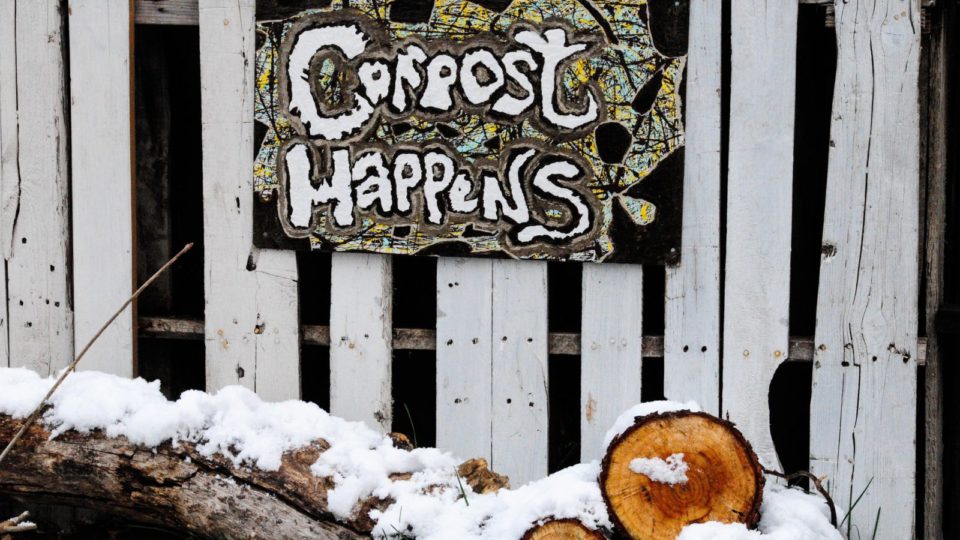How to Compost
Composting at home is a cheap and easy way to create high-quality, nutrient rich soil for your garden! All you need to do is find a good place to keep your food scraps and keep an eye on the consistency. The average person produces 220 pounds of food waste a year—imagine if you turned all that into useful soil!
Composting is an art and a science
You have control over how your compost turns out. In the video below, Adam Deen shows us how to keep your compost at the perfect consistency to produce high-nutrient soil just in time for planting this summer’s garden.
Composting is an action all of us can take at home to reduce our carbon footprint.
By diverting food waste from our trash cans, we can avoid filling up landfills with products that leak potent greenhouse gases, like methane, when they decompose. You won’t be sending as much stuff to the landfill anyway, as compostables comprise about 30% of the average person’s waste.
For a complete guide to composting at home, click here.
Saving the planet can start with you saving money. We can help.
Composting is one of many solutions to address the climate crisis, but don’t stop there!
We know that achievable and affordable solutions to climate change exist. Of Drawdown’s top 100 solutions, #8 is solar farms (what we call Community Solar Arrays), and #10 is residential rooftop solar. Both of these solutions save the planet and save you money at the same time. It might not feel like one person going solar makes a difference, but Drawdown reminds us that individual actions really do add up to collective change.
#10 Rooftop Solar
Rooftop solar is spreading as its cost falls, driven by incentives to accelerate growth, economies of scale in manufacturing, and advances in photovoltaic technology.
$3.46 TRILLION NET SAVINGS – Drawdown.org
Learn More
#8 Community Solar (available in NY only)
Solar farms tap the sun’s virtually unlimited, clean, and free fuel, using large-scale arrays of hundreds (like the ones here in the Northeast), thousands, or in some cases millions of photovoltaic panels.
$5.02 TRILLION NET SAVINGS – Drawdown.org
Learn More
#42 Solar Heating & Cooling (available in VT only)
Heat pumps transfer heat from a cold space to a hot one. Highly efficient, they can dramatically lower building energy use for heating and cooling.
$1.55 TRILLION NET OPERATIONAL SAVINGS – Drawdown.org
Learn More
#77 Energy Storage
Standalone batteries and electric vehicles make it possible to store energy at home or work. They ensure supply event when variable renewables are not producing.
SAVINGS EMBEDDED IN RENEWABLE ENERGY – Drawdown.org
Learn More
How do I go solar?
The process for going solar is simple. It starts with filling out our get started form. You can do so by clicking the get started button. If you want to know more details about the process and the steps involved between signing up and turning on the power, click the button below to find out more.How Do I Go Solar
